High-frequency heat treatment is a heat treatment method for quenching and tempering steel materials using high-frequency induction heating (IH) with a frequency of 1-200 kHz, which is commonly used as a surface hardening method for steel materials, similar to carburizing quenching and nitriding treatment.
The characteristic of high-frequency heat treatment is the use of clean electrical energy for heating, so it has lower CO2 emissions compared to conventional heat treatment using combustion heating furnaces and carburizing quenching, and it has high thermal energy efficiency. Therefore, high-frequency heat treatment, as an environmentally friendly and economical heat treatment method, has attracted people's attention. The following introduces the heat treatment technology of high-frequency quenching.
Two-stage high-frequency quenching WIQ treatment technology
High-frequency quenching has a short heating time, so its effectiveness is easily influenced by the original structure of the component. The characteristics of the transformation of quenched and tempered structures and spheroidal carburized structures differ greatly. Fast and short-time heating in high-frequency quenching requires the component's structure to have dispersed and easily transformed quenched and tempered structures. However, for machining processes prior to high-frequency quenching, quenched and tempered structures have high hardness and poor workability.
To solve this problem, Japan has developed the "WIQ" treatment technology which involves two quenching processes to form two hardened layers.
The first high-frequency quenching (SIQ) forms a deeper hardened layer in the component, and then preheating or temperature rise to the γ region for tempering is performed before SRIQ (super rapid induction heating and quenching) to form the desired tempered structure.
The second stage of SRIQ treatment utilizes a fast and short-time heating method to uniformly transform the surface layer of the component into γ and perform high-frequency quenching to form two hardened layers.
WIQ-treated materials undergo repeated quenching and fast short-time heating to obtain fine grains. In addition, SRIQ treatment adds a significant amount of residual compressive stress to the high-hardness layer formed by SIQ. Therefore, the fatigue strength of the treated components is higher than that of carburizing quenching.
Composite treatment technology combining high-frequency quenching with other surface modification techniques
In recent years, there has been an increasing demand for miniaturization of various mechanical components, and single heat treatment methods such as high-frequency heat treatment have certain limitations in improving component performance.
In order to achieve high-performance and high-value-added components, Japan has been promoting the development of composite heat treatment technology. PALNIP treatment technology is a composite heat treatment method that combines salt bath soft nitriding and surface oxidation prevention treatment with SRIQ.
The characteristics of PALNIP treatment technology are:
The state of the surface compound layer is the same as that of salt bath soft nitriding, so it has a low friction coefficient and high wear resistance;
The hardened layer is deeper than SRIQ and has additional residual compressive stress, so it has high fatigue strength;
The hardened layer is Fe-C-N martensite, and when the temperature rises, iron nitrides such as ε-Fe2-3N precipitate, inhibiting temper softening and improving fretting fatigue strength;
PALNIP is a low-temperature treatment method that combines salt bath soft nitriding and SRIQ, so the deformation caused by heat treatment is small.
PALNIP treatment has been used in some automotive components and is currently being promoted for wider applications.
Soft carburizing is a composite surface treatment technology that combines practical "high-frequency quenching" and "vacuum carburizing." In this technology, instead of normal quenching after carbon diffusion, high-frequency heat treatment is used for quenching.
The characteristics of this treatment method are:
It does not quench during the carburizing process, so it has high safety;
The treatment equipment saves 40% of space compared to continuous carburizing furnaces and reduces treatment time by 55%;
The strength of treated components is increased by 18% and deformation is reduced by 40%. This method is currently used in the production of automotive automatic transmission components.
High-frequency quenching heat treatment simulation technology
In recent years, with the development of computer software and hardware technology, high-frequency heat treatment simulation technology has been continuously improving. Currently, ternary analysis and animation analysis have been realized.
Now, high-frequency heat treatment simulation technology can not only simulate the temperature and martensitic structure of the components, but also calculate the heat treatment deformation and residual stress.
By integrating the simulation results with the actual component characteristics, the calculation conditions and physical constants (such as permeability, thermal conductivity, tensile strength, compressive strength that reflects the strain rate dependency in each temperature region) of the simulation system become more accurate, improving the accuracy of heat treatment simulation results and promoting the practical use of heat treatment simulation technology.
Currently, high-frequency quenching heat treatment simulation technology has been used for the design of heating coils and analysis of heat treatment deformation and cracking, achieving stabilization of component heat treatment.

 en
en  cn
cn  jp
jp  ko
ko  de
de  es
es  it
it  ru
ru  pt
pt  vi
vi  th
th  pl
pl 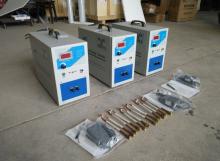
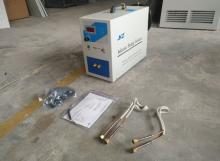

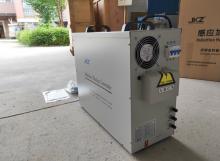


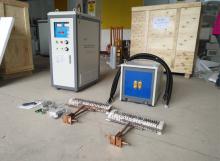
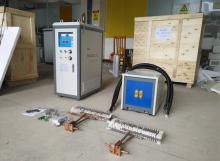

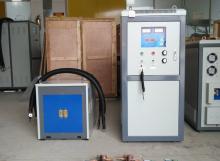

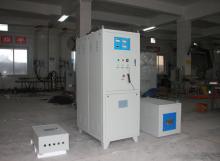

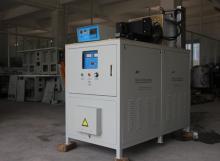
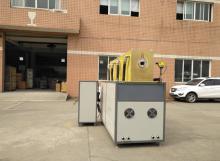
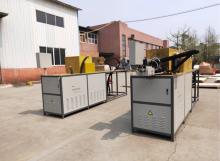
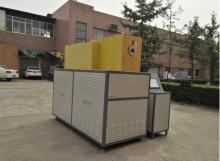
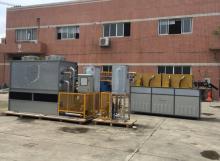
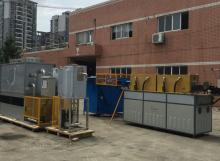
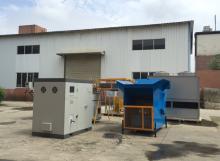
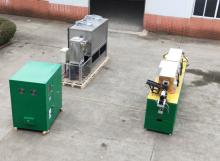
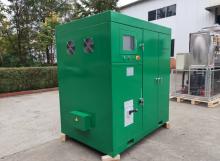
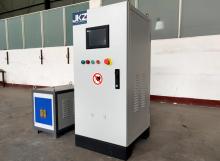
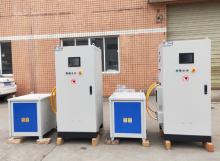

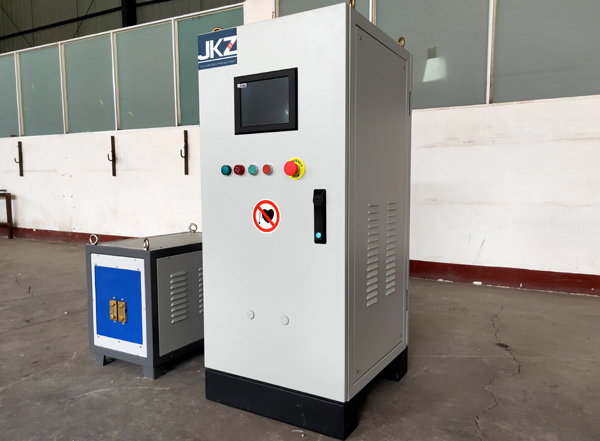

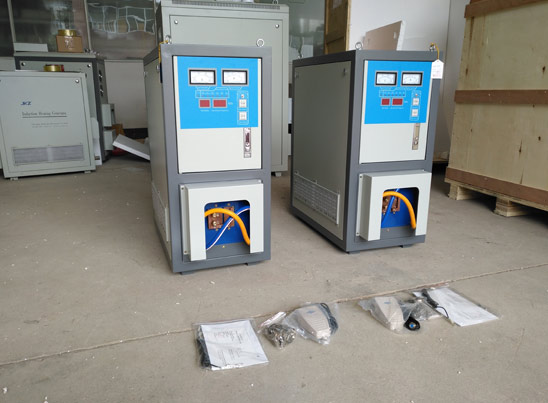






 Call us on:
Call us on:  Email Us:
Email Us:  NO. 688th South Baoguang Road, Xindu District, Chengdu City, Sichuan Province, China
NO. 688th South Baoguang Road, Xindu District, Chengdu City, Sichuan Province, China